Frosolone. Church of San Michele Arcangelo
2025
You may also like
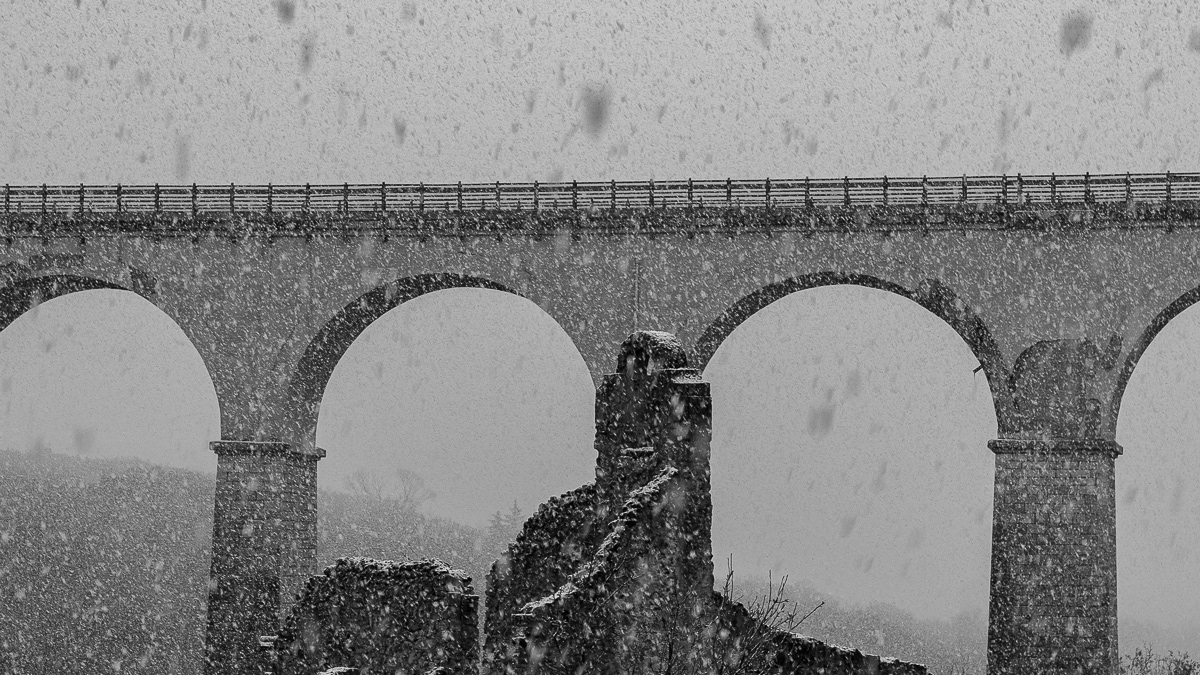
2021
Isernia. Convent of S. Spirito
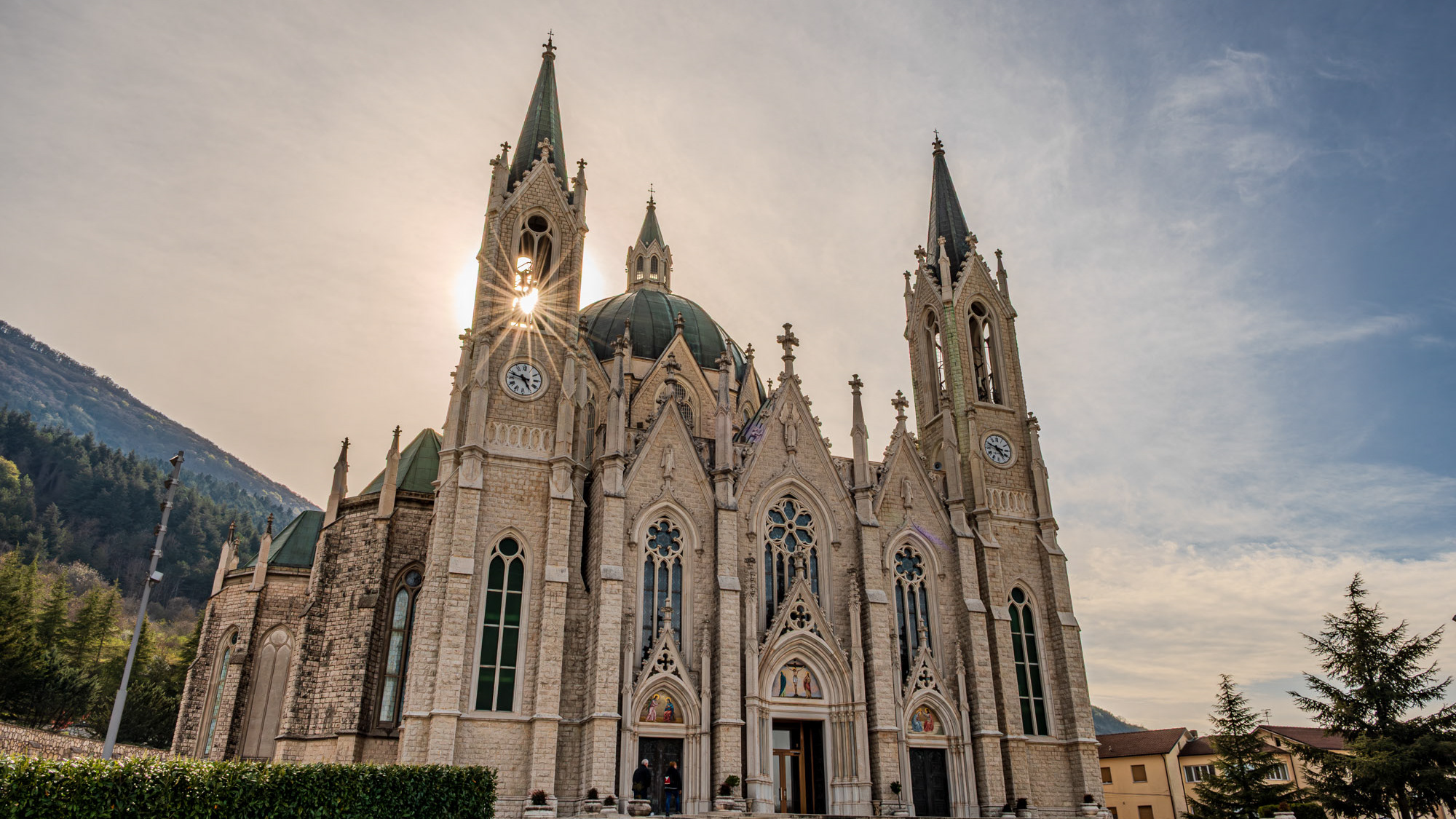
2025
Castelpetroso. Sanctuary of the Madonna Addolorata
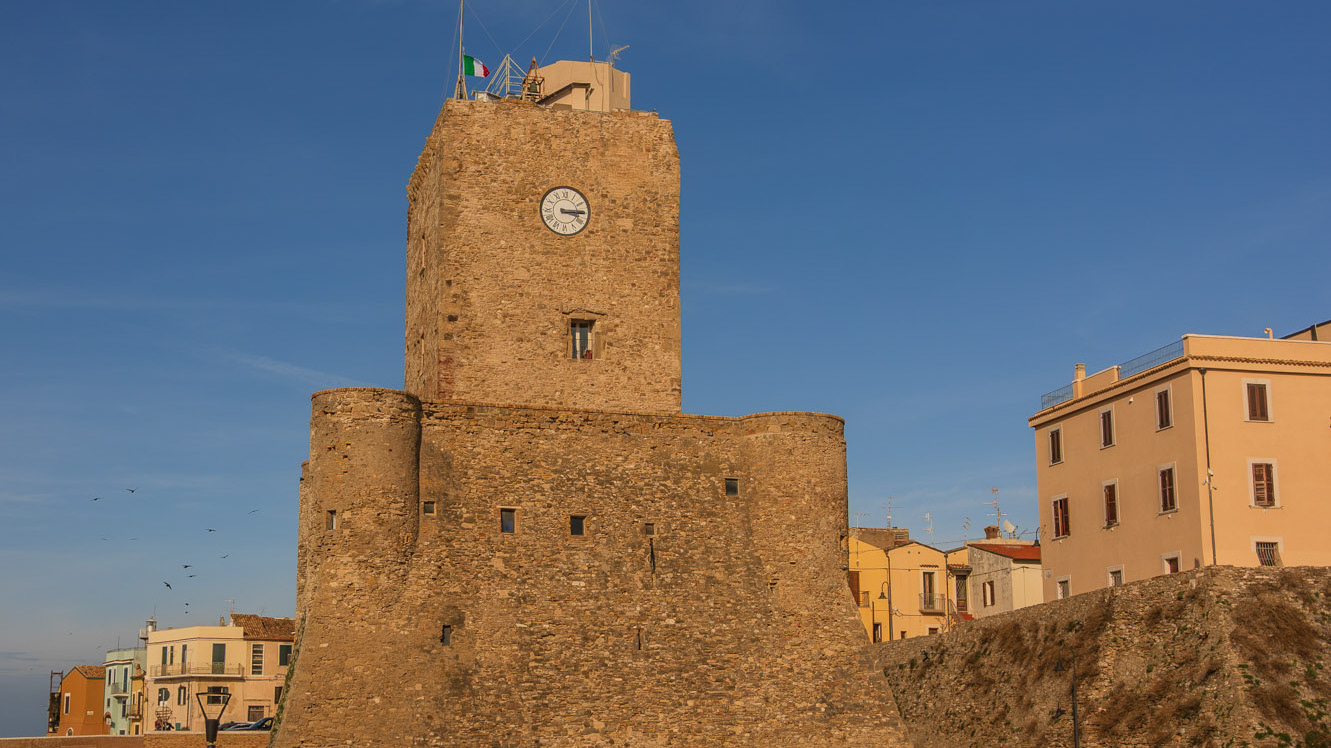
2025
Termoli
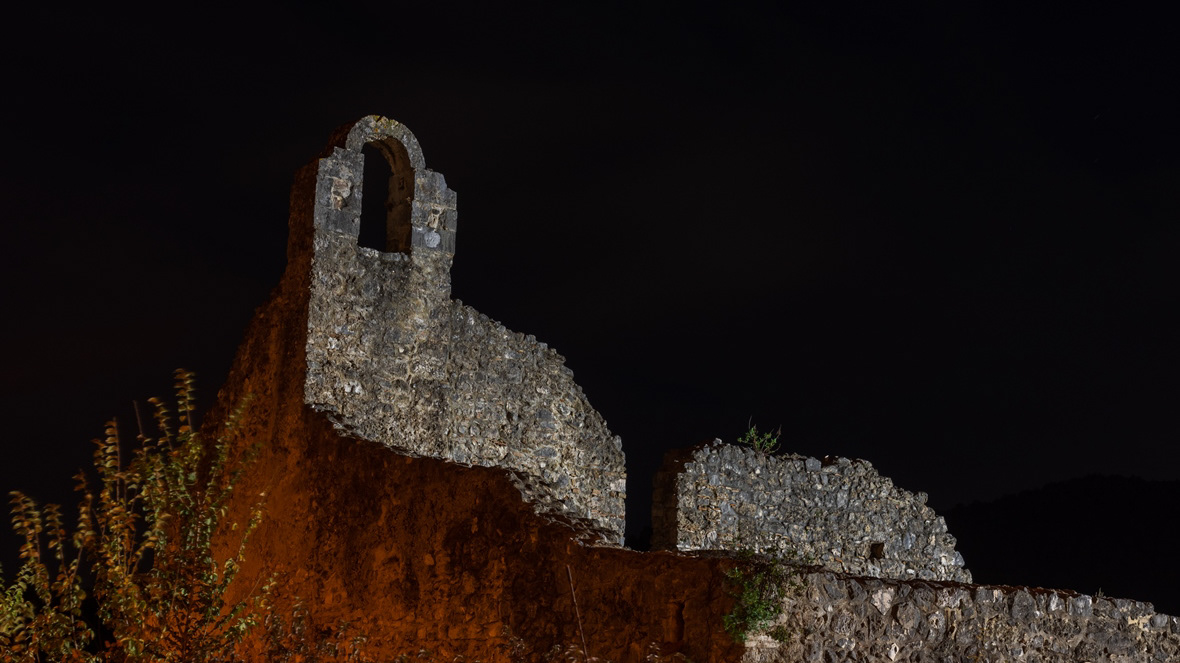
2018
Isernia, Il convento celestino di S. Spirito
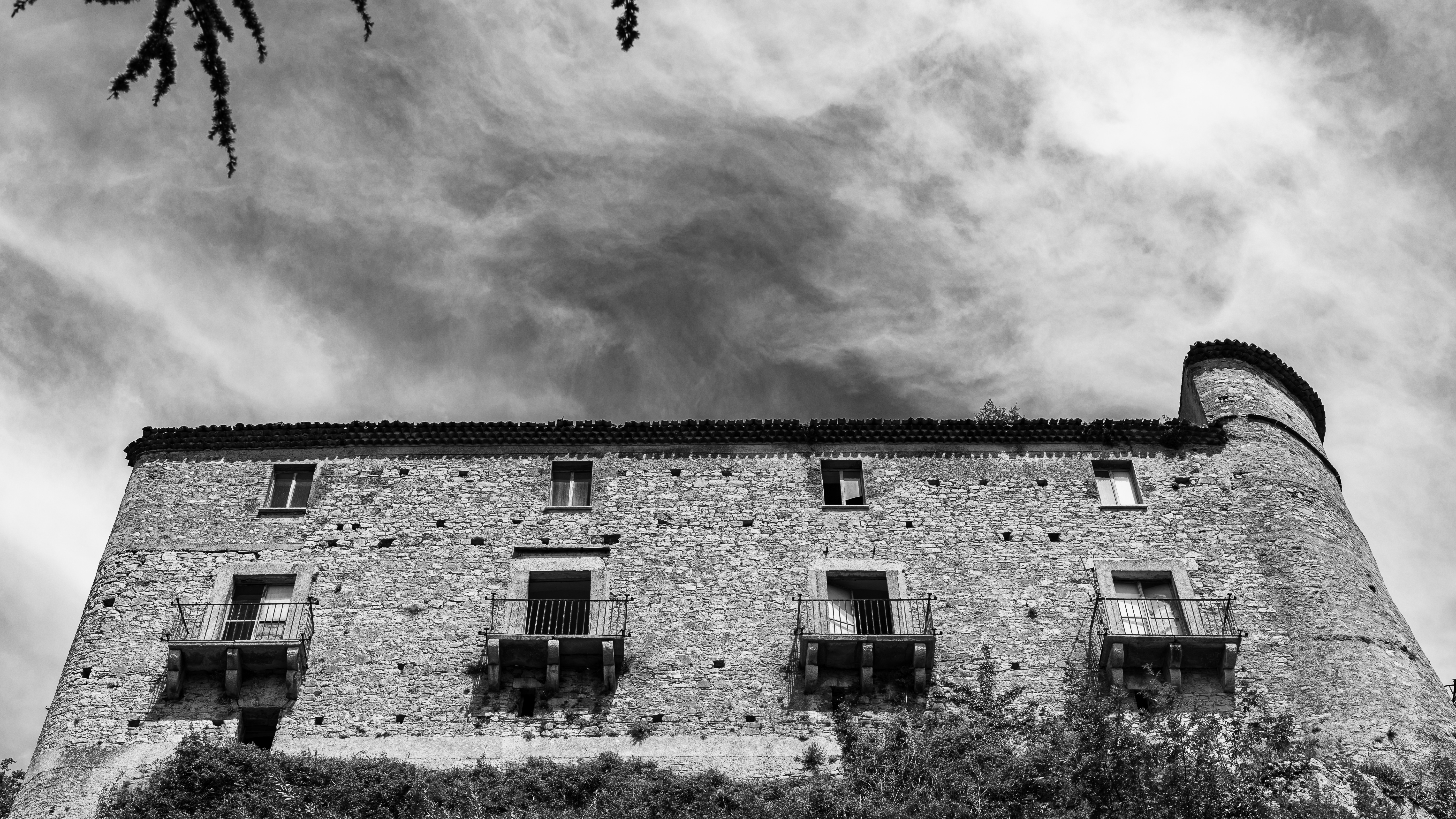
2020
Carpinone. Il Castello
The Castle of Carpinone was probably built in the Norman period and from the time of its construction until the end of the thirteenth century the building was repeatedly enlarged and equipped with greater fortifications to become one of the strongholds of Tommaso da Celano. In 1223, on the basis of an edict issued by Frederick II of Swabia, the castle was destroyed by Ruggiero di Pescolanciano. It was then rebuilt during the 14th century by the d'Evoli family and during the 15th century it returned to its former glory thanks to the commitment of Giacomo Caldora. The last family that bought the fiefdom, that of the de Riso, maintained it until the abolition of feudalism, in 1806. In 1954 the notary Valente, one of the last owners, had the entire main floor and the second floor rebuilt, adapting them to new housing needs. Currently the castle is presented, with its three surviving towers, in a state of evident majesty.
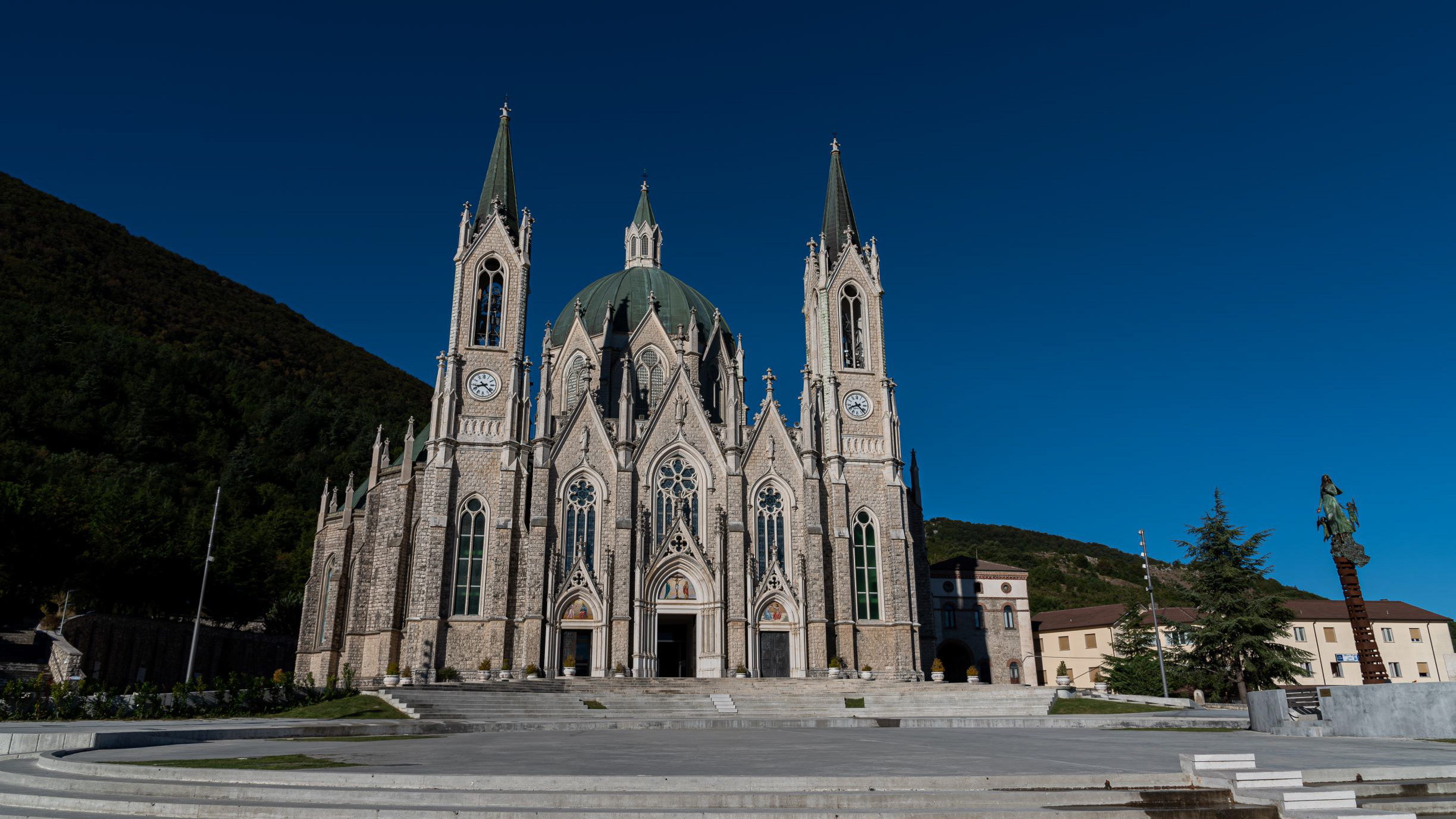
2020
Castelpetroso. The Sanctuary - 2020
Castelpetroso is home to the Shrine of Maria Santissima Sorrows, patron saint of Molise. According to the testimony of the visionaries, the Virgin Mary first appeared on March 22, 1888 to two shepherds named Serafina and Bibiana in Cesa between Saints, on the slopes of Mount Patalecchia. This first appearance was followed by others. This phenomenon was later recognized. The shrine, which began with the laying of the first stone on September 28, 1890 and completed in 1975, is made in the neo-Gothic style; seen from above is composed of seven chapels depicting the seven sorrows of Our Lady, in the center of which there is the dome 54 meters high. The shrine and the place of apparitions are connected to each other by the Via Matris, 750 meters long, where precisely remember the seven Marian sorrows.
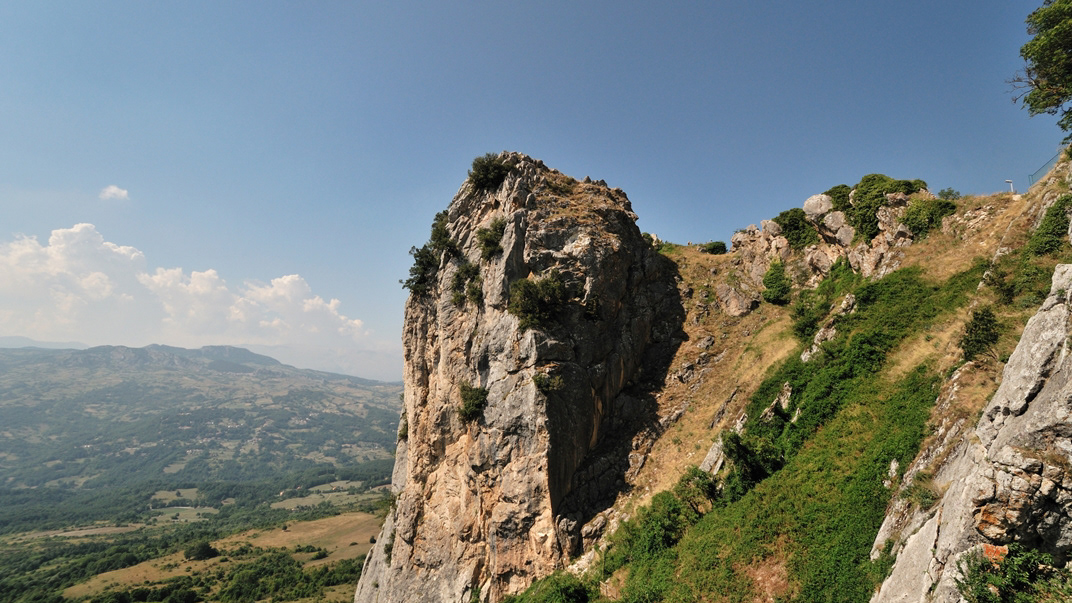
2015
Pescopennataro (IS)
Pescopennataro è un comune italiano di 269 abitanti della provincia di Isernia in Molise. Fino al 1790 è stato parte integrante del Giustizierato d'Abruzzo e dell'Abruzzo Citeriore del Regno di Napoli e del Regno delle Due Sicilie. La porta arcuata medievale, detta "Porta di sopra". Mediante questa si accede alla chiesa madre. La chiesa di San Bartolomeo apostolo (1654), ricostruita nel XX secolo dopo le distruzioni delle guerre mondiali. Di particolare interesse sono l'altare maggiore con l'annesso tabernacolo in legno, i 6 altari minori laterali, un pulpito dello stesso materiale del tabernacolo, un organo da chiesa ed una originale acquasantiera. La chiesa della Madonna delle Grazie. L'Eremo di San Luca, situato nel bosco e nel territorio del comune di Sant'Angelo del Pesco. La fontana di Piazza del Popolo, opera dell'architetto De Lallo. Il Museo della Pietra "Chiara Marinelli". Il Belvedere del Guerriero Sannita.
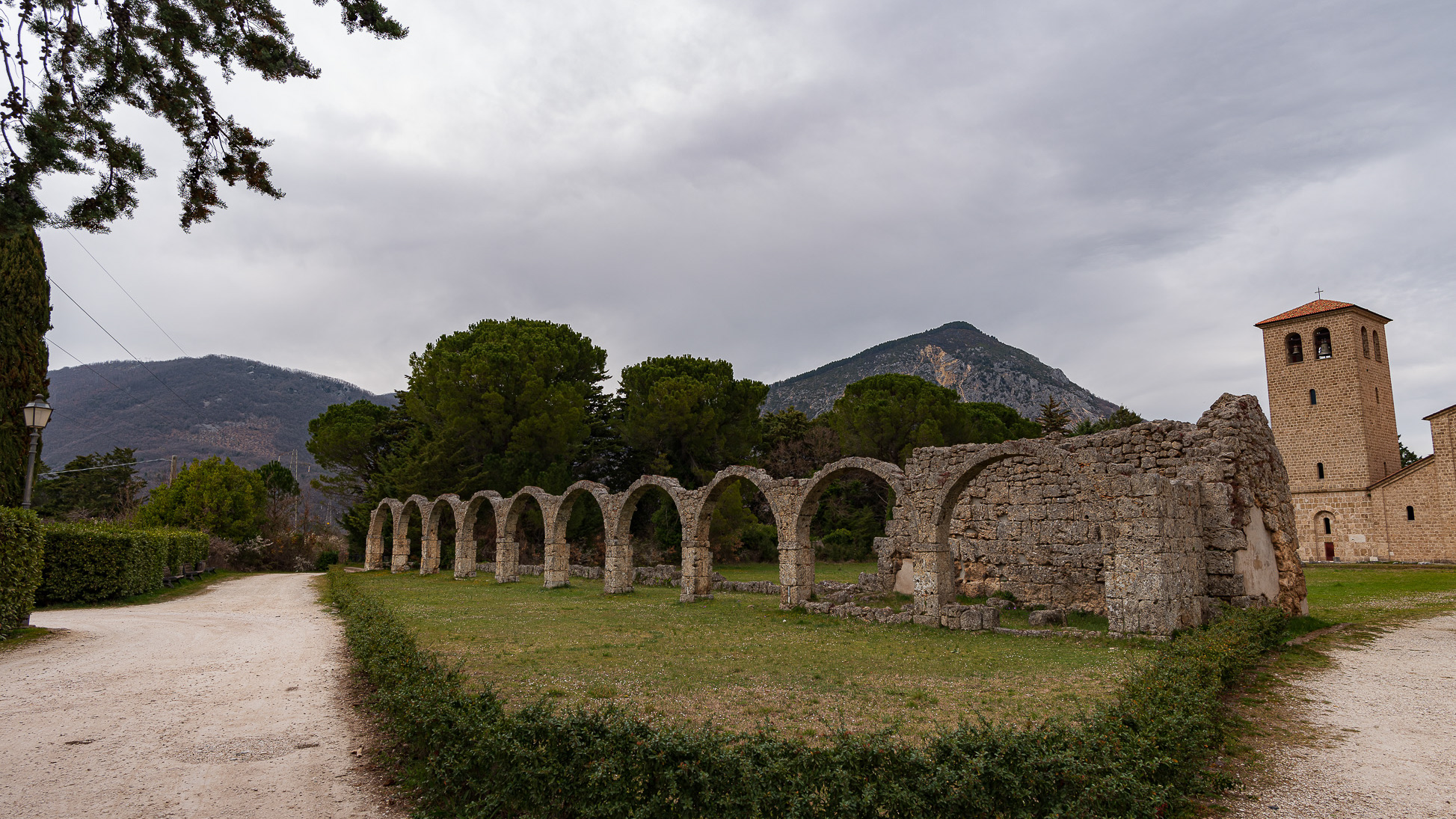
2022
Benedictine Abbey of S. Vincenzo al Volturno
The Benedictine Abbey of San Vincenzo al Volturno is located about two kilometers from the sources of the river of the same name, in a favorable position on the fertile Piana di Rocchetta, defended by the Mainarde and Meta ranges to the west and the Matese massif to the south. On the affairs of the monastery we are informed by the Chronicon Vulturnense, an illuminated manuscript written in 1130 by a monk named Giovanni, who had in turn used internal sources of the VIII-XI century monastery. According to the Chronicon, the foundation dates back to the beginning of the 8th century and was due to three nobles from Benevento, Paldo, Taso and Tato, and to their search for a place to devote themselves to the ascetic life. The chosen area was frequented in late Roman times as shown by the remains of a church and a sepulchral area from the 5th-6th century AD
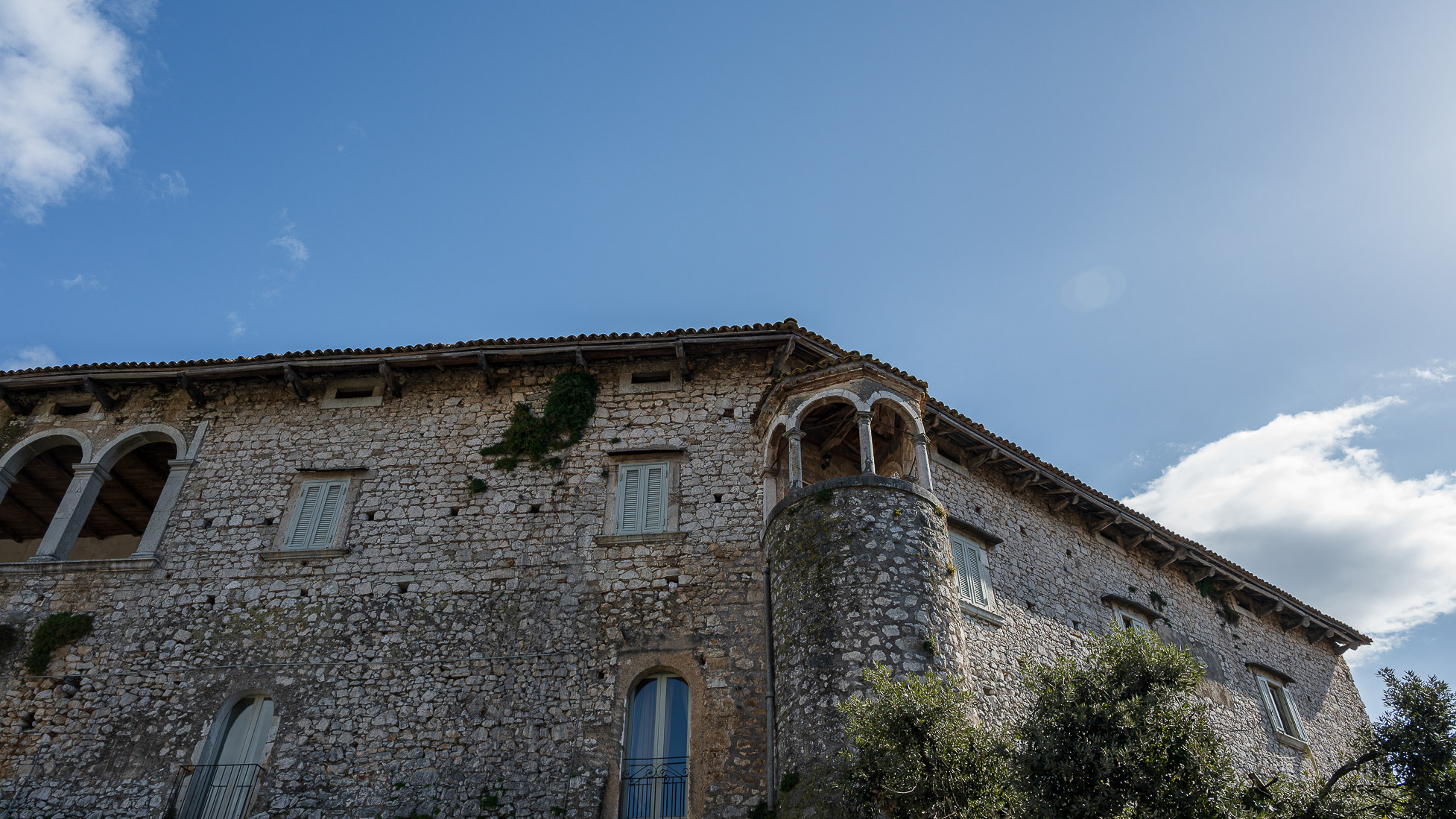
2023
Macchia d'Isernia. Baronial castle D'Alena. View
Baronial castle of Alena: the castle occupies a substantial portion of the ancient circular village. It was built around 1100 by Clementina, daughter of Roger II Norman, king of Sicily, when the feud was part of the county of Ugone del Molise. The garrison passed into the hands of the Anjou, the Afflitto and the Rotondi barons. In 1480 it was restored in Renaissance style as a patrician residence, purchased by Giovanni Donato della Marra, who was count of Macchia. In 1748 the castle was sold to Maria Grazia Rotondi, then given to Nicola d'Alena. Celeste d'Alena was baroness of Macchia, married to the Frisaris, counts of Bisceglie and patricians of Castel San Vincenzo. The façade of the building dominates the square in front of the village, embellished by a Renaissance loggia with round arches. The first part of this loggia dates back to the Aragonese era, with a roof resting on 5 small arches. The rest of the castle is spread over 3 levels, of which the highest is the attic. In the internal courtyard, the beautiful Renaissance staircase with the colonnade stands out, which leads to the main floors. On the ground floor there are cellars, stables and servants' rooms. The upper floor was the residence of the nobles, with various rooms, including the private chapel with various relics. In 1984 the castle was extensively restored, being brought back to its eighteenth-century splendour.
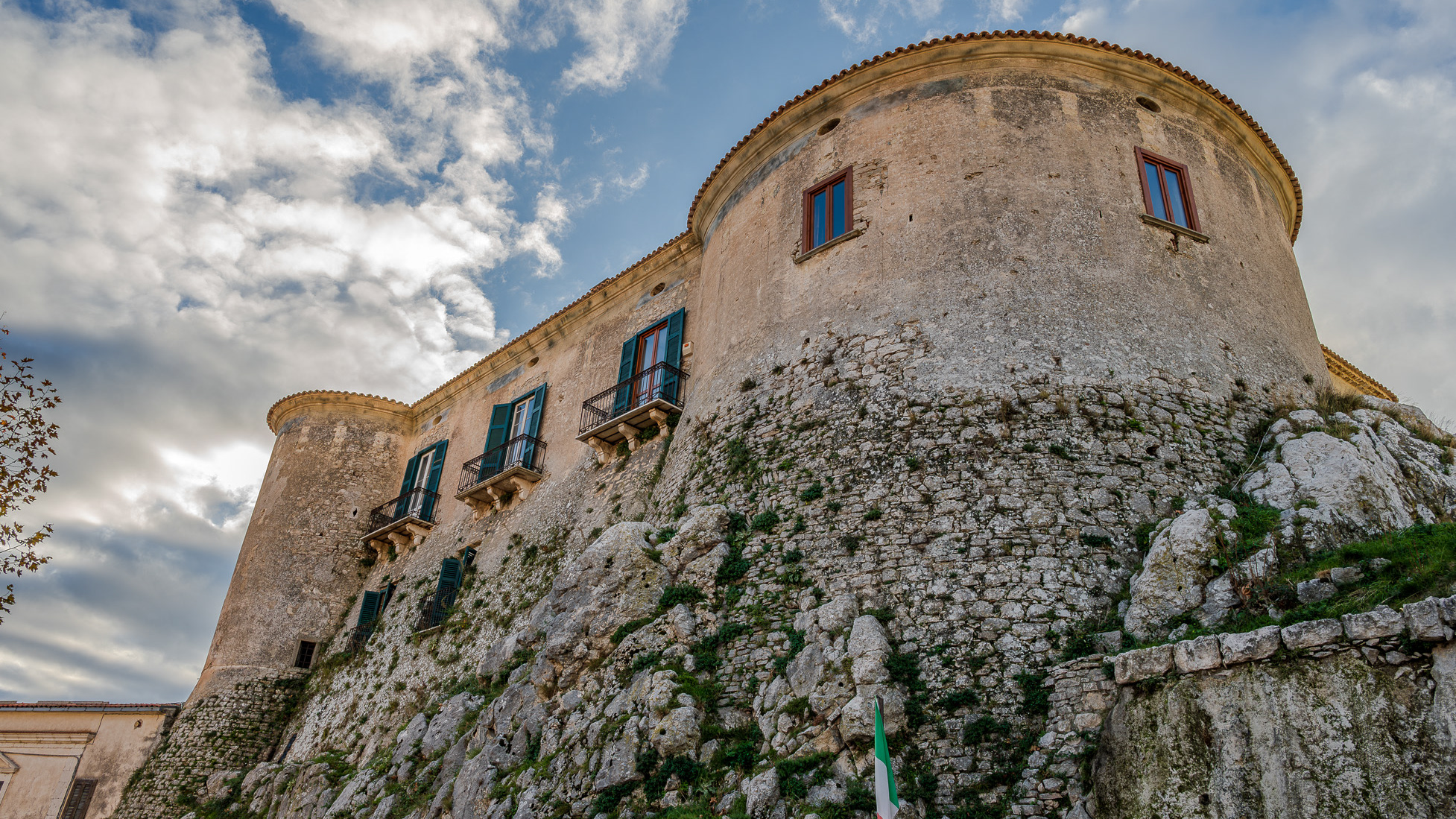
2024
Macchiagodena. The Baronial Castle
The main monument of the town, it was founded as a watchtower by the Lombards, and in 1269 by Charles I of Anjou it was donated to Barrasio, who governed it on behalf of Naples.
